Table of content
Dumplings, known as jiaozi in Chinese cuisine, are a beloved culinary treasure that transcends borders and cultures. These delicate pockets of dough, filled with a harmonious blend of ingredients, hold a special place in family gatherings, festive celebrations, and everyday meals. At the heart of every exceptional dumpling lies its filling—a symphony of flavors and textures that requires precision, patience, and a deep understanding of ingredients. This article delves into the intricate process of preparing meat filling for dumplings, exploring techniques, flavor pairings, and expert tips to elevate your dumpling-making skills.
The Foundation: Selecting the Right Meat
The journey to a memorable dumpling filling begins with selecting high-quality meat. Traditionally, pork is the most common choice due to its tender texture and ability to absorb seasonings. However, beef, chicken, lamb, or even seafood can be used, each imparting a unique character to the dish.
- Pork: Opt for a mix of shoulder (with a 3:7 lean-to-fat ratio) for juiciness. Avoid overly lean cuts, as they can result in dry, dense fillings.
- Beef: Chuck or brisket works best, offering a rich flavor profile. Marbling is key to preventing toughness.
- Chicken: Thigh meat is preferable to breast for its moisture retention and depth of flavor.
For vegetarians or those seeking lighter options, finely minced mushrooms, tofu, or shredded cabbage can replace meat entirely, though this article focuses on meat-based preparations.
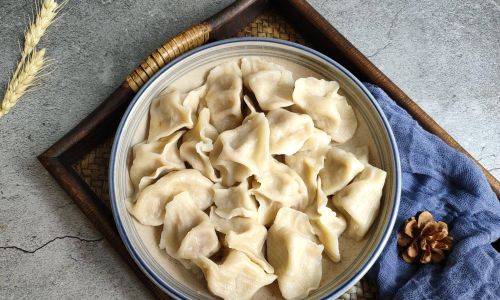
Essential Ingredients for Flavor Symphony
A great dumpling filling balances umami, saltiness, sweetness, and aromatic notes. Below are the cornerstone ingredients:
- Soy Sauce: Adds saltiness and depth. Light soy sauce is ideal for seasoning without overpowering.
- Sesame Oil: A few drops impart a nutty aroma.
- Ginger and Garlic: Freshly minced or grated, these ingredients eliminate raw meat flavors and add warmth.
- Shaoxing Wine: This Chinese cooking wine tenderizes the meat and enhances umami. Substitute with dry sherry if unavailable.
- White Pepper: A pinch provides a subtle spicy kick without overwhelming.
- Aromatics: Finely chopped green onions, cilantro, or chives contribute freshness.
- Stock or Water: A few tablespoons ensure the filling remains moist and cohesive.
- Egg: Optional, but an egg white can bind the mixture and add richness.
Step-by-Step Preparation: From Mincing to Marinating
Mincing the Meat
- Texture Matters: For authentic results, hand-mince the meat using a cleaver. This creates irregular pieces that retain moisture better than machine-ground meat, which can become pasty.
- Technique: Slice the meat into thin strips, then stack and chop perpendicularly until a coarse texture is achieved. Aim for pea-sized pieces.
Seasoning the Base
In a large mixing bowl, combine the minced meat with soy sauce, sesame oil, Shaoxing wine, white pepper, and minced ginger/garlic. Use your hands to gently incorporate the seasonings, ensuring even distribution without overworking the meat (which can toughen it).
Adding Aromatics and Freshness
Fold in finely chopped green onions, cilantro, or chives. These ingredients should be added last to preserve their vibrant flavor.
Hydration and Binding
Gradually add cold stock or water (1–2 tablespoons at a time) while mixing. The filling should feel slightly sticky but not wet. Overhydration can cause the dumplings to burst during cooking.
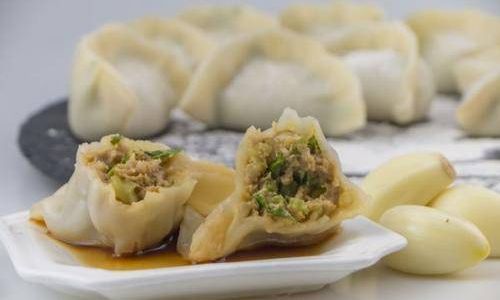
Marinating Time
Cover the bowl and refrigerate for at least 30 minutes (or up to 4 hours). This allows the flavors to meld and the meat to firm up, making assembly easier.
Mastering Flavor Profiles: Regional Variations
Dumpling fillings vary widely across China, reflecting local tastes and ingredients. Experiment with these regional twists:
- Sichuan Style: Add a teaspoon of chili oil, Sichuan peppercorns, and a splash of black vinegar for a麻辣 (málà, numbing-spicy) kick.
- Cantonese Style: Incorporate shrimp, water chestnuts, and a touch of oyster sauce for a sweet, crunchy texture.
- Northern Style: Boost the umami with doubanjiang (fermented bean paste) and diced Chinese cabbage, which releases moisture during cooking.
Common Pitfalls and How to Avoid Them
-
Dry, Crumbly Filling:
- Solution: Increase the fat content of the meat or add a tablespoon of lard. Ensure proper hydration with stock.
-
Bland Taste:
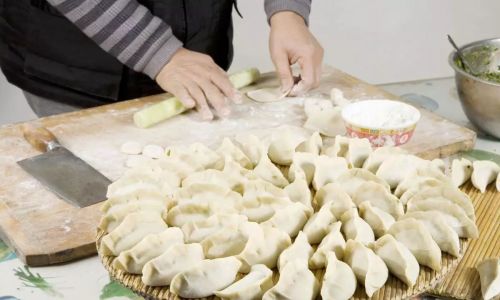
- Solution: Layer flavors by marinating the meat overnight. Adjust seasoning gradually, tasting as you go (fry a small patty to test).
-
Tough Texture:
- Solution: Avoid overmixing. Use a gentle folding motion instead of vigorous stirring.
-
Soggy Wrappers:
- Solution: Drain excess liquid from vegetables (e.g., cabbage) by salting and pressing them before mixing with meat.
Creative Adaptations for Modern Palates
- Vegetarian Twists: Replace meat with finely minced mushrooms (shiitake or oyster), tofu, or shredded jicama. Add a teaspoon of mushroom seasoning for umami.
- Seafood Delight: Combine minced shrimp with pork, or use crabmeat with cream cheese for a decadent filling.
- Exotic Meats: Experiment with lamb (paired with cumin and coriander) or duck (rendered fat adds richness).
The Cultural Tapestry of Dumplings
Dumplings are more than food in China—they symbolize wealth, luck, and togetherness. During Lunar New Year, families gather to fold dumplings, often hiding a coin inside one for good fortune. The act of making dumplings is meditative, a ritual that connects generations. As you shape each dumpling, remember that imperfections are part of their charm; a misshapen crescent still holds the same love and flavor as a perfect one.
Conclusion: The Joy of Dumpling-Making
Creating the ideal dumpling meat filling is an art that rewards patience and creativity. Whether you prefer the timeless simplicity of pork and chive or the bold heat of Sichuan-inspired spices, the key lies in balancing flavors and textures. As you master the basics, don’t hesitate to innovate—perhaps adding a splash of balsamic vinegar for acidity or a handful of toasted pine nuts for crunch.
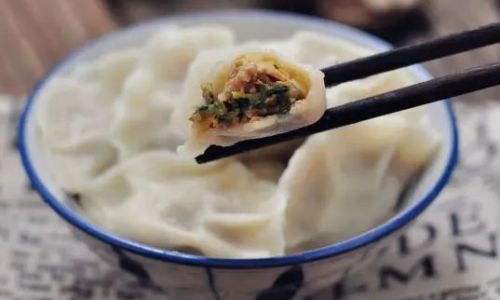
So, gather your ingredients, invite loved ones to join, and embark on a culinary adventure that spans centuries. With each bite of your perfectly crafted dumpling, you’ll taste not just the filling, but the history, love, and joy woven into every fold. Happy cooking!
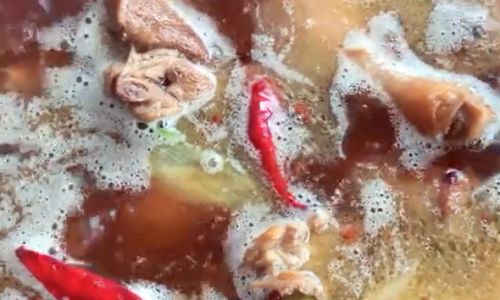

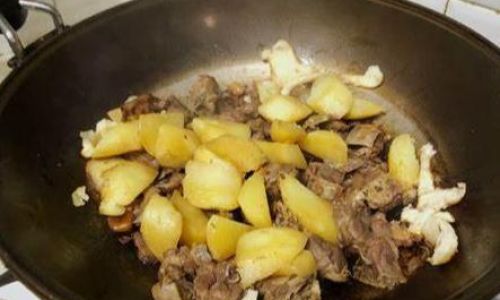
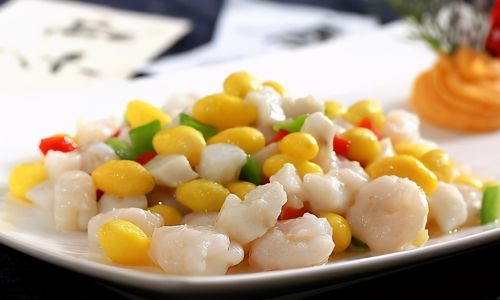
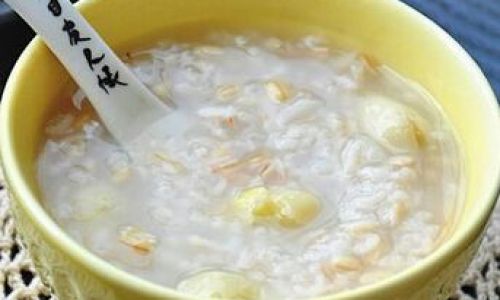
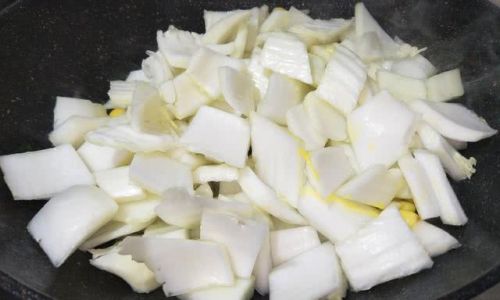
0 comments